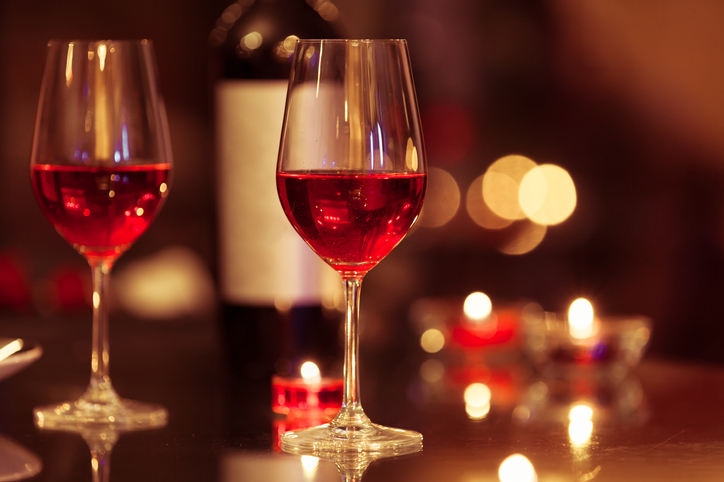In Vino Veritas C: The Future of Wine
As 3D printing technologies gain scale and maturity, we’re starting to see accurate recreations of foods such as pizzas, chocolate chip cookies and even steaks from lab-grown meat tissue be made from these machines. Will there come a day when something as intricate as a specific wine vintage can also be produced from such a device?
We are a long way’s off from the food replicators in Star Trek but imagine the possibilities. Commercially installing a wine machine of this nature would offer your restaurant a whole world of wineries at the push of a button.
With enough science behind the exact classifications of all the various molecules and their concentrations contained in a 100-point Bordeaux or Californian cult favorite, such a formula could be put on the blockchain and sold up as a priority NFT to a limited buyer pool of restaurants eager for a futuristic point of differentiation. Then there are the opportunities for 3D-printed vertical tastings or giving customers the opportunity to blend their own glass on the spot. This would be similar to the Coca-Cola Freestyle soda fountains currently in movie theaters, only instead of choosing to mix lemon and raspberry Diet Coke you’ve narrowed your selection down to a 2019 pinot noir grown in Burgundy and a 2021 pinot noir from Willamette.
Some would consider such a blend to be blasphemy, but then again it was only a generation ago when it was anathema to switch from Coca-Cola to Pepsi. Time’s change, and the decades-long trend is consistently moving towards more variety and more choice for customers. While we’re still quite some time off from being able to use 3D printers to make anything better than plonk wine, if there’s a will, there’s a way. History has proven to never bet against technology.
It’s great to ruminate on the distant century when we’re all shadows and dust, but what’s the lesson for the present? Think about the value of an item – any item, a specific wine bottle or otherwise – in the face of commoditization. Generally speaking, said item loses value until it finds a natural equilibrium with supply.
The prospects of 3D printing pose the same challenge for the wine industry. With the ability to make a basic wine product on the spot, it increases access and lowers the costs per unit, allowing restaurants to incentivize patrons by undercutting competitors who are still opting for the traditional supply chain. And if it’s shown that such machines can actually create a quality product, then all bets are off.
In the face of commoditization driving down beverage sale margins and increasing the level of apathy for curating a ‘unique’ cellar, the answer is to create appeal in other aspects of your restaurant – the ambiance, the place settings, the service, the food, the knowledge of your staff, the recommended pairings and the experience. But if you’ve been reading this column, then you’ll know that that is what wine has always been about.
Once you get beyond garbage wine which gives the drinker heartburn and headaches, most people are statistically horrible at distinguishing one bottle from another. Even professional tasters do not attain a perfect score all the time. In another experiment, white wine was colored red and the pros didn’t notice, instead assigning quintessential red-wine adjectives to the trick white.
The point is: wine is as much about perception as it is the chemical attributes that come together to elicit a given flavor. That won’t change even as the technology does. You could put the same wine into two different bottles then charge $50 and $200 for each, and the more expensive one will be deemed in aggregate as having the better taste.
For your purposes, the eager hotelier or F&B director, wine is a tool to help the lights on at a dining outlet by drumming up more beverage sales. For the customer, wine is an instrument to enhance the experience, both due to its alcohol content and meal complement as well as the perception of sophistication it generates and helping set the mood.
This is where we leave this final 100th edition. However much the craftmanship of wine – from vine to cask to bottle to your tongue – gets reduced to a science that can potentially be duplicated for some 3D printer a century from now, the experience that wine creates will remain an artform. So long as you are always thinking about this flavorful and endlessly diverse elixir from this viewpoint, you will always find ways to make your beverage program a success.
This article represents but one section from our latest book on how to enhance your wine sales entitled, “In Vino Veritas”. Buy your copy today on Amazon, or for bulk orders contact us directly.




